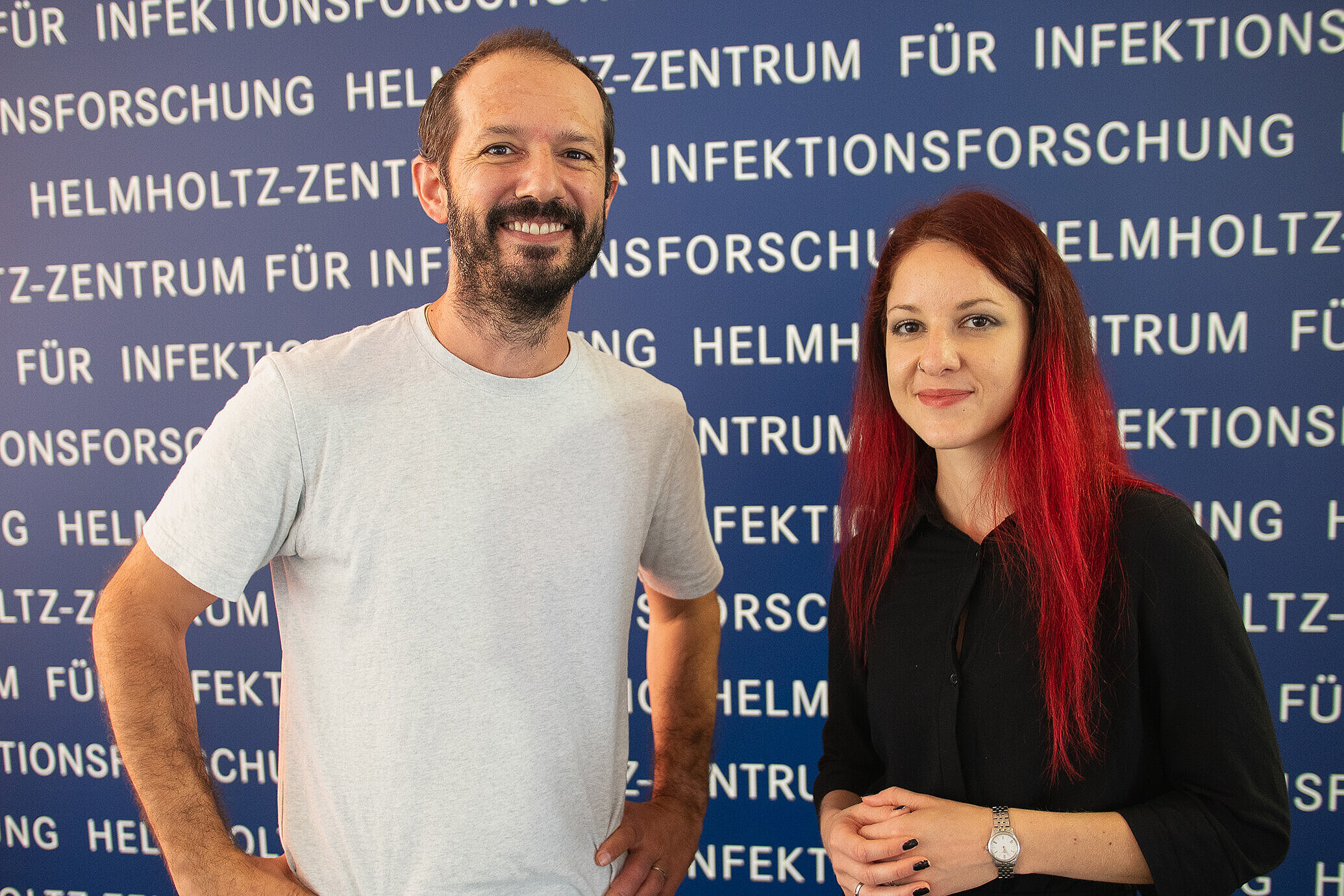Newsroom





HZI in the media
12.12.2025
|
Bionity.COM
12.12.2025
|
Brandaktuell
10.12.2025
|
LaborPraxis
28.11.2025
|
juraforum.de
28.11.2025
|
ARCHYDE
28.11.2025
|
Evangelische Zeitung
27.11.2025
|
Tagesschau
27.11.2025
|
ZEIT online
26.11.2025
|
Medical Xpress
25.11.2025
|
Bionity.COM
24.11.2025
|
Medical Xpress

